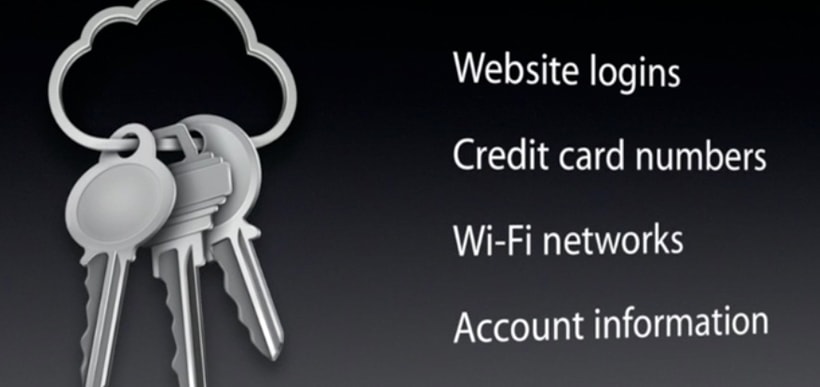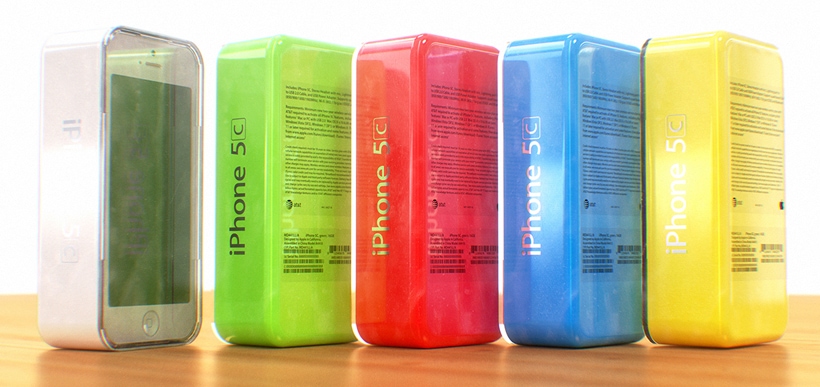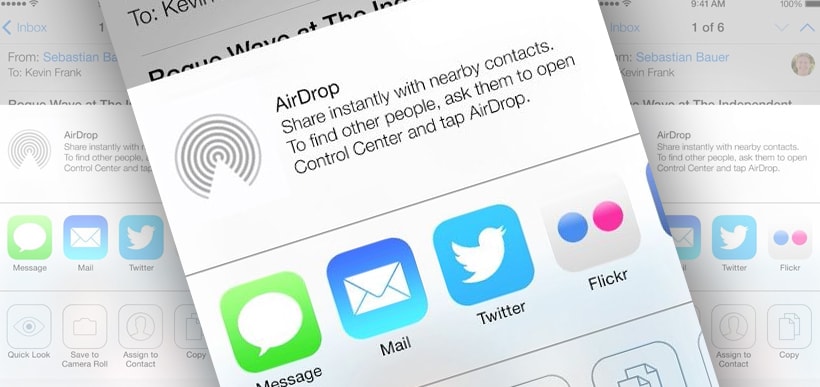“Can’t innovate anymore, my ass.” Those were the words of Apple’s Senior Vice President of Worldwide Marketing Phil Schiller recently when talking about the new Mac Pro. Clearly, the whispers that Apple can’t innovate anymore is have reached the company, and they’re determined to rally against such ideas.
What would really help Apple generate a significant amount of excitement akin to the release of the iPad is to launch another entirely new product. And what better than the long-fabled iWatch?
The iWatch; the concept car of the computer world. Talked about for years, rumored to exist but never actually put into production. Could this be the perfect time to make it a reality?
Analysts have referred to the iWatch as more of a hobby for Apple than a major new product line. By releasing it, they could essentially redefine the watch industry. It’s been projected that the watch could generate $10 billion to $15 billion in revenue for the company, which sounds enormous but puts the watch firmly in the “hobby” category when you consider Apple is projected to earn $187 billion by the end of 2014.
While it’s unlikely the iWatch would have quite the same impact as the iPhone or iPad, it would certainly set the tech world buzzing and bring renewed interest to the company. It would encourage investors and consumers to see that Apple still has the ability to make innovative products that the public wants to buy, even if they don’t necessarily need them. It won’t be a gigantic money-earner, but it will get people talking.
According to sources in the industry, Apple management and engineers are actively working on an iWatch that performs some of the computing tasks currently offered by the iPhone and even the iPad. The rumor is that the team dedicated to the project has grown over the last year, fueling the belief that the watch is becoming more than just a concept.
The watch-like computer has been rumored to include the Siri voice assistant and the Maps app to offer features such as walking directions. Other reports have it incorporating several fitness-related features like a heart rate monitor or calorie counter, similar to devices like the Nike Plus running chip and FitBit tracker, both of which are worn on the body and even have apps that run on the iPhone and track health and exercise-related data.
Trusted sources have revealed that Apple has worked on fitness-specific products before, none of which of course made it to market. But incorporating those features into something like the iWatch could be a whole different story.
Other reports about the iWatch have centered more on its design and appearance, especially a distinct curvature for the glass that makes it wrap around the human body. What’s more, it’s even been stated that the company will release it with a flexible wristband akin to the 1990’s slap-band bracelets. Judging by the sleek design of other i-devices and even the innovative, yet to be released Mac Pro, the styling of the iWatch will likely be simple, modern and surprising.
Apple CEO Tim Cook has promised some exciting developments for the computer giants coming throughout the fall and into 2014, and while no release date has been provided, it’s possible the iWatch could be one such development. Until that time, rumors will continue to circulate about the mythical iWatch and what we’ll be able to do with it.







